When you’re looking for a reliable supplier of heat-treated alloy steel pup joints, you need to focus on quality, traceability and service. In this article we explore the key features, technical specifications, manufacturing process and how to pick the right supplier for your oil-field operations. The term pup joints appears frequently in tubing and casing assemblies, so we’ll use it throughout to help with clarity and search-optimization.Pup joints are typically manufactured according to API 5CT (Specification for Casing and Tubing) standards.
What are Pup Joints?
A pup joint is a short length of casing or tubing used to fine-tune string length, adjust down-hole tool depth or fill small gaps in assemblies.Typically, pup joints are manufactured to the same grades and connections as full-length tubing or casing, but in shorter lengths of 2, 3, 4, 6, 8, 10 or 12 ft.In the oil- and gas-industry context, they allow operators to adjust string length without cutting or custom-making full-length pipe segments.
Why Heat-Treated Alloy Steel Pup Joints?
When pup joints are fabricated from alloy steel and then heat-treated, you get enhanced mechanical properties: higher yield strength, better impact resistance and improved fatigue performance in demanding down-hole conditions. For example, one supplier lists pup joints made from AISI 4145H or 4140H-modified alloy, heat-treated to a hardness range of 285-341 HB and minimum impact strength of 40 ft-lb.Using alloy steel and proper heat treatment ensures the pup joint will perform reliably in high-pressure, high-temperature or sour-service environments. That performance is critical when your upstream operations rely on precise string design and robust components.
Specifications to Evaluate
When selecting heat-treated alloy steel pup joints, pay attention to:
Grade and alloy: Common grades include J-55, K-55, N-80/Q, L-80, P-110 and other premium alloys.
Outside diameter (OD) and length: For tubing pup joints the OD might range from 2 ⅜″ to 4 ½″ (60.3 mm–114.6 mm) and lengths typically 2–12 ft. For casing pup joints the OD range could be 4 ½″ to 20″ (114.3 mm–508 mm).
Connections: End types such as EUE, NUE for tubing pup joints; STC, LTC, BTC for casing pup joints.
Heat treatment and mechanical properties: For alloy steel pup joints the supplier should provide details of heat treatment (normalizing, quench & temper) and post-treatment properties (yield strength, hardness, impact).
Standards and testing: Compliance with API 5CT or other relevant OCTG standards, plus inspection methods (ultrasonic, hydrostatic, visual, magnetic-particle) is essential.
How to Choose a Reliable Pup Joints Supplier
As you seek a heat-treated alloy steel pup joints supplier, consider these factors:
1.Material traceability and certifications: The supplier should provide mill certificates for the alloy steel tubing or forging, and detailed heat-treatment records.
2.Quality management and testing: Ensure they conduct full-body ultrasonic inspection, hydrostatic testing and provide documentation. For example, one major supplier emphasises integrated heat treating, threading and testing to API 5CT specs.
3.Customization capability: If you require non-standard lengths or special connections (e.g., perforated pup joints, premium threads), the supplier should accommodate such orders.
4.Global supply chain and delivery: For oil-field operations, fast lead times and global logistics matter. A supplier with a network of warehouses or international shipping experience is beneficial.
5.Technical support: A supplier that offers engineering support, documentation (MTRs, test reports) and responds to project-specific needs adds value.






 English
English Español
Español بالعربية
بالعربية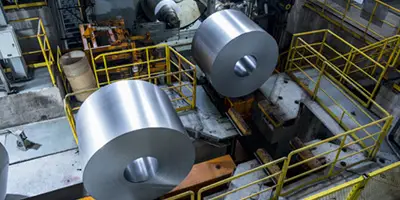

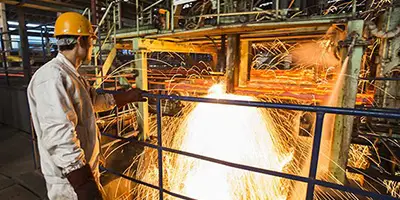
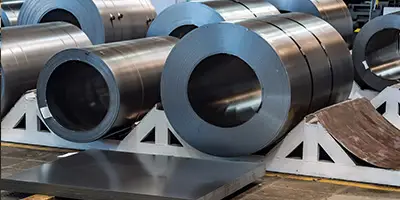

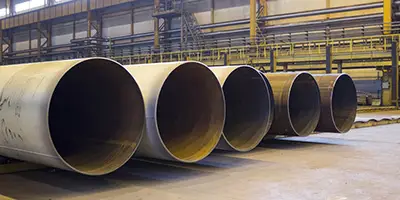

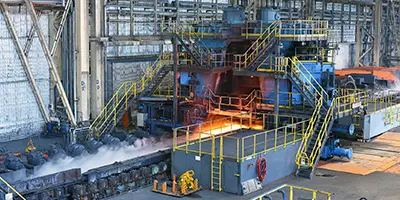
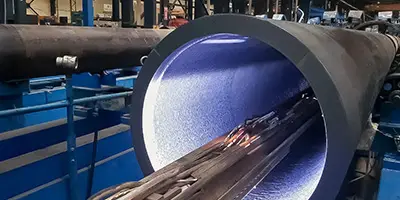


 Phone :
Phone :  Whatsapp :
Whatsapp :  Email :
Email : 


